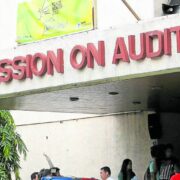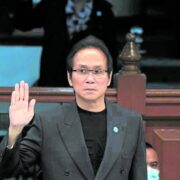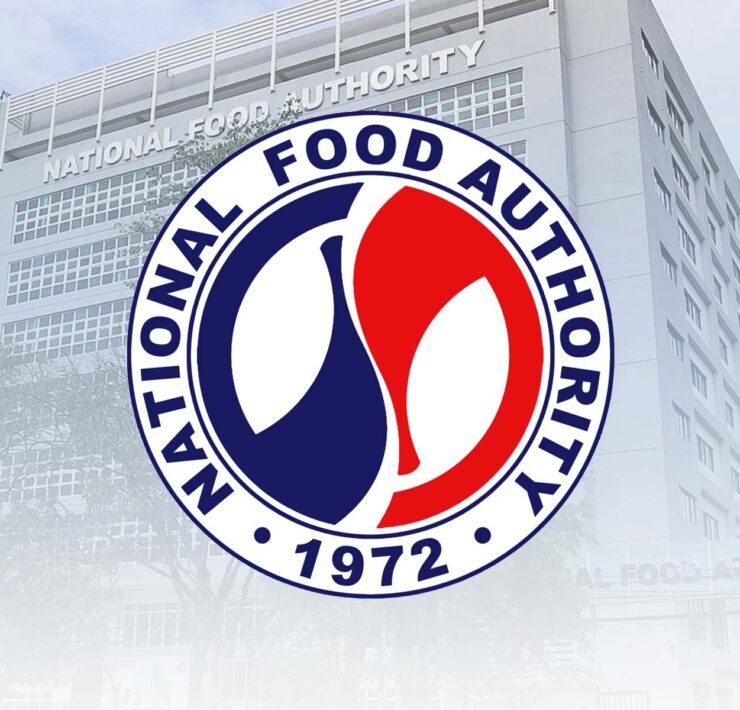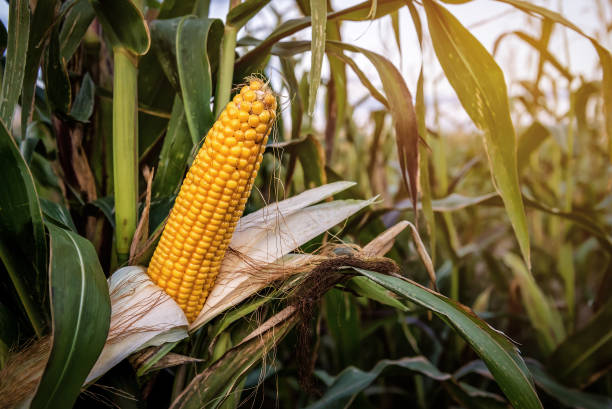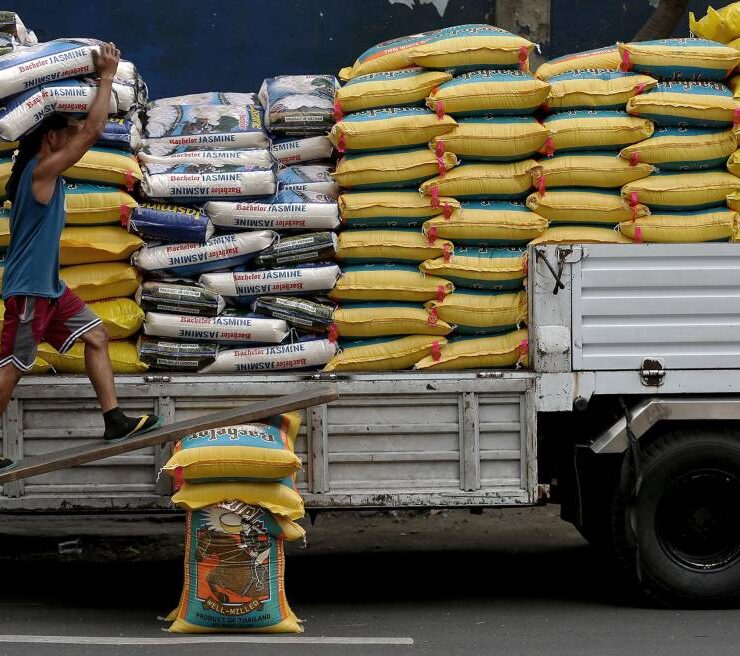Economists urge gov’t to retain 15% tariff on rice

The Foundation for Economic Freedom (FEF) is pushing to retain the 15-percent tariff on imported rice, warning that raising duties could drive up retail prices, disrupt local supply and undermine the country’s position in the regional rice market.
“Reinstating the 35 percent tariff would likely reverse the consumer gains achieved since mid-2024,” the association of prominent economists said in its latest position paper.
Last month, the Tariff Commission held a virtual hearing to deliberate on the Samahang Industriya ng Agrikultura’s petition to revert to the 35-percent tariff on imported rice, claiming that only a few importers—not Filipino consumers—have benefited from the lower tariff rates.
But FEF countered that the Philippine rice market has undergone “notable development” since President Marcos’ signing of Executive Order No. 62 that slashed the ‘Most Favored Nation’ tariff rate on imported rice in June last year.
The group noted that retail prices has decreased by 7.5 percent on average since the rice tariff reduction in July last year, resulting in savings of P3.84 per kilogram.
Wholesale and farm-gate prices, meanwhile, have declined by 11.5 percent or P5.38 per kg, with the drop in farm-gate prices equivalent to P6.76 per kg in milled rice.
The farm-gate price is the price received by farmers for selling their produce to traders at the farm level.
The FEF said this has benefited consumers, especially poor households, as rice comprised up to 20 percent of their overall food expenditure.
“In a country where food inflation had placed substantial pressure on household budgets, this policy played a stabilizing role at the most essential level of consumption,” read the position paper written by FEF president Calixto Chikiamco and FEF fellows Kristine Alcantara and Roehlano Briones.
The FEF added that policy uncertainty, such as an abrupt tariff reversal, could disrupt imports and cause hoarding or speculative price movements.
“Maintaining the 15 percent tariff not only secures affordability but also supports market predictability, encourages healthy importer participation, and upholds the confidence of retailers and consumers alike,” it said.
From a regional standpoint, the FEF said the Philippines should maintain a consistent and moderate tariff to remain competitive in the Association of Southeast Asian Nations (Asean) rice market, which is dominated by long-term supplier relationships and quick-moving tenders.
“A return to a higher tariff would send a protectionist signal that may hinder regional trade cooperation in agricultural goods,” it added.
The FEF said while the country’s rice tariffs were not fully aligned with the Asean Trade in Goods Agreement — which seeks to facilitate the seamless flow of goods through reduced tariffs— Asean countries prioritize minimizing trade barriers and ensuring uninterrupted regional supply chains.
The group also noted that other member countries, including Malaysia, Indonesia and Singapore, have addressed rice inflation in recent years by diversifying import sources or temporarily liberalizing policies to ensure access to affordable rice.
Furthermore, the FEF said heavy dependence on import quotas and high tariffs has historically caused shortfalls and inflation spikes — as experienced during the 2008 food crisis and the 2018 rice price surge.





